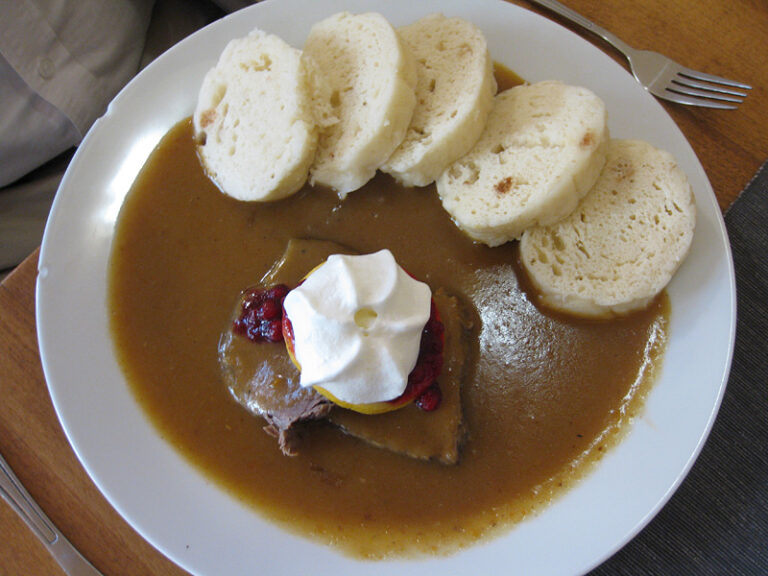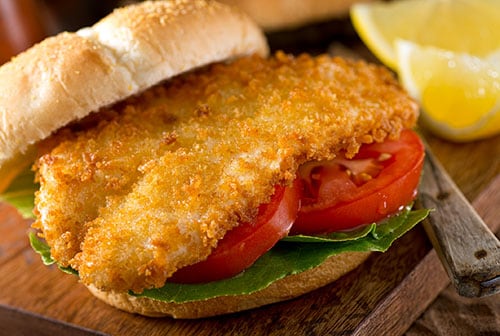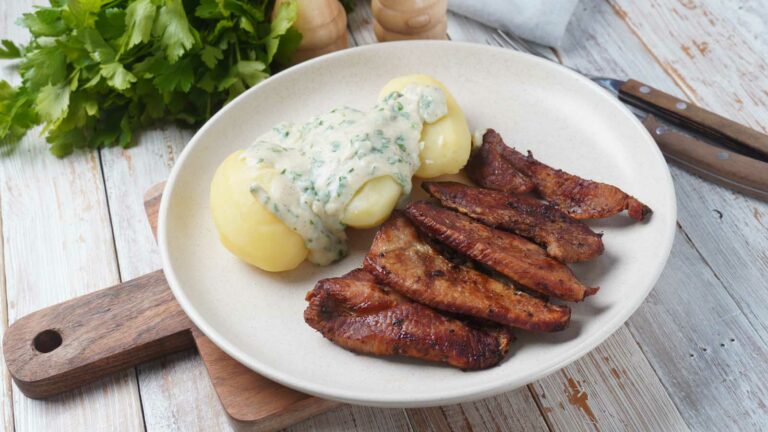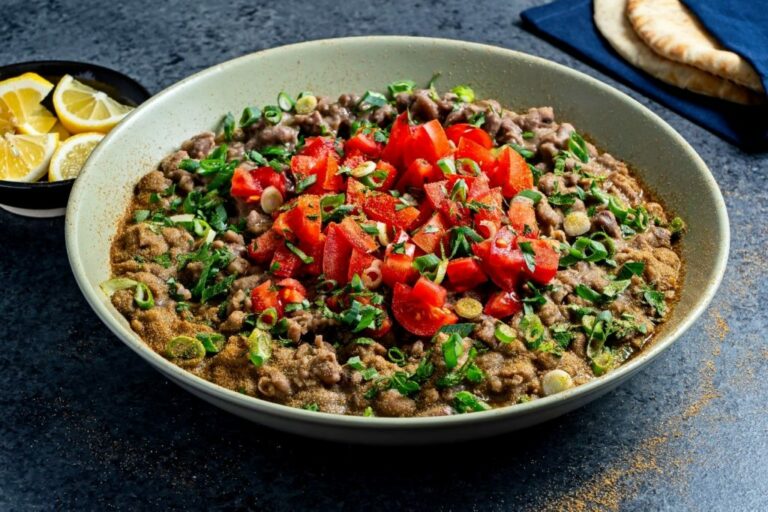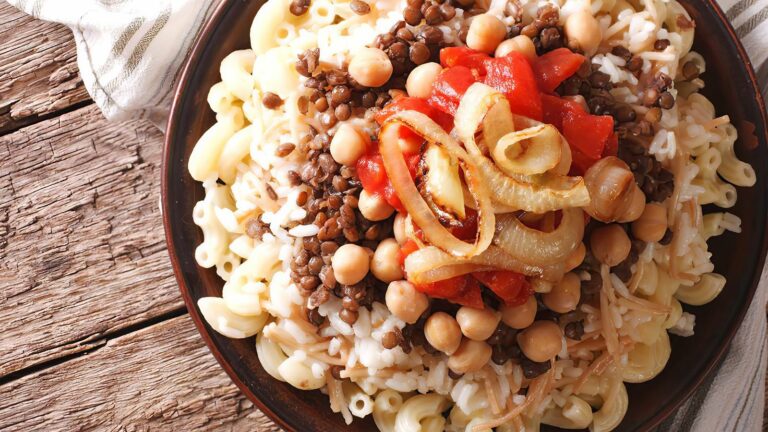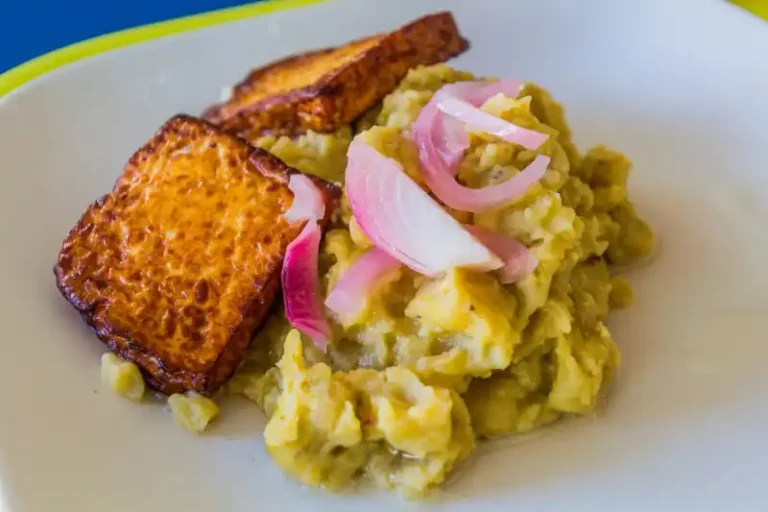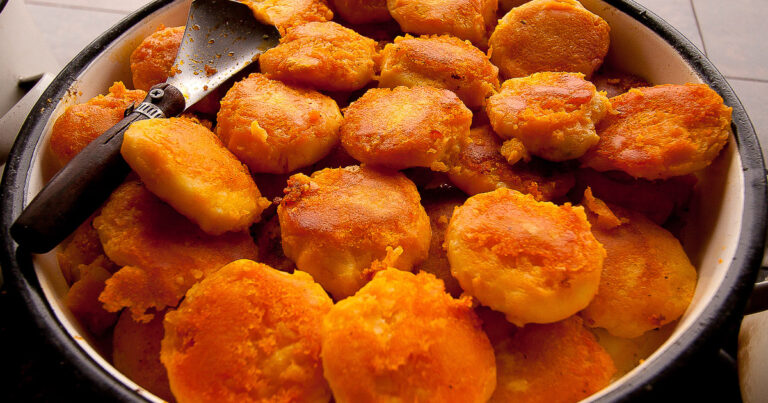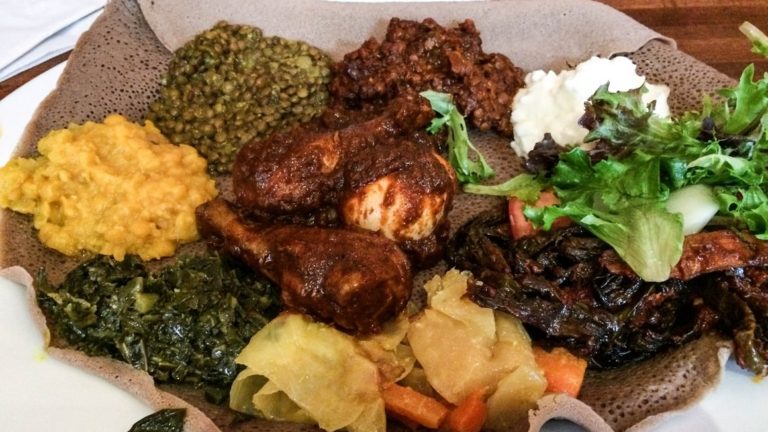Introduction: Czech cuisine in Europe
Czech cuisine, like many other European cuisines, has been shaped by its history and cultural influences. Due to its location in Central Europe, Czech cuisine has adopted elements from its neighboring countries, such as Germany, Austria, Hungary, and Poland. However, despite these influences, Czech cuisine has a distinct character that sets it apart from other European cuisines.
Influences on Czech cuisine
The influences on Czech cuisine are varied and diverse. The most significant influence on Czech cuisine has been its close proximity to Germany and Austria. This has resulted in the adoption of many German and Austrian dishes, such as schnitzel and sausages. Hungarian goulash, which is a spicy stew made with meat and vegetables, has also become a popular dish in the Czech Republic. The Polish influence on Czech cuisine can be seen in the use of cabbage in dishes such as sauerkraut and cabbage soup.
Another significant influence on Czech cuisine has been the country’s agricultural history. Due to the abundance of farmland in the region, Czech cuisine has traditionally relied heavily on meat and dairy products, which are used extensively in many Czech dishes.
The importance of meat in Czech cuisine
Meat plays a central role in Czech cuisine, and many traditional Czech dishes are meat-based. Pork is the most commonly used meat in Czech cuisine and is used in dishes such as roast pork with dumplings and sauerkraut, and schnitzel. Beef and poultry are also used in many Czech dishes, such as beef goulash and chicken paprikash.
In addition to meat, Czech cuisine also features a wide variety of sausages, including blood sausage, liver sausage, and smoked sausage. These sausages are often served with bread or dumplings.
Dumplings and potatoes: staple side dishes
Dumplings and potatoes are the two staple side dishes in Czech cuisine. Dumplings are made from flour, bread crumbs, eggs, and milk and can be served plain or with various sauces. They are often served with meat dishes, such as roast pork or beef goulash.
Potatoes are another important side dish in Czech cuisine and are often served boiled or mashed. Potato dumplings are also popular and are often served with meat dishes and gravy.
Sweet treats: Czech pastries and desserts
Czech cuisine is also known for its delicious pastries and desserts. One of the most famous Czech pastries is the kolache, which is a sweet pastry filled with fruit, cream cheese, or poppy seeds. Another popular dessert is the trdelník, which is a sweet pastry that is rolled around a stick, grilled, and then coated with sugar and cinnamon.
Famous Czech dishes and their history
Some of the most famous Czech dishes include roast pork with dumplings and sauerkraut, beef goulash, and chicken paprikash. These dishes have a long history in Czech cuisine and have been enjoyed by generations of Czechs.
One of the oldest and most traditional Czech dishes is svíčková, which is made with beef sirloin and a creamy vegetable sauce. This dish has been a favorite in Czech cuisine since the 19th century.
Regional variations in Czech cuisine
Czech cuisine has many regional variations, and each region has its own unique dishes and flavors. For example, the Moravian region is known for its traditional roasted goose, while the Bohemian region is famous for its beer and sausages.
Conclusion: A unique culinary experience
Czech cuisine is a unique and delicious culinary experience that has been shaped by centuries of history and cultural influences. From its meat-based dishes to its sweet pastries and desserts, Czech cuisine offers a wide variety of flavors and textures that are sure to satisfy any palate. Whether you’re a fan of hearty meat dishes, savory dumplings, or sweet treats, Czech cuisine has something for everyone.

